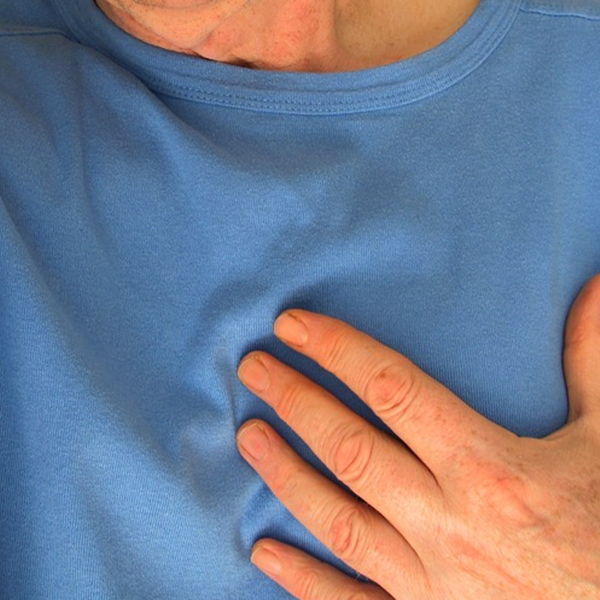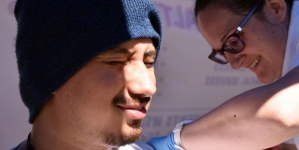-
Tips for becoming a good boxer - November 6, 2020
-
7 expert tips for making your hens night a memorable one - November 6, 2020
-
5 reasons to host your Christmas party on a cruise boat - November 6, 2020
-
What to do when you’re charged with a crime - November 6, 2020
-
Should you get one or multiple dogs? Here’s all you need to know - November 3, 2020
-
A Guide: How to Build Your Very Own Magic Mirror - February 14, 2019
-
Our Top Inspirational Baseball Stars - November 24, 2018
-
Five Tech Tools That Will Help You Turn Your Blog into a Business - November 24, 2018
-
How to Indulge on Vacation without Expanding Your Waist - November 9, 2018
-
5 Strategies for Businesses to Appeal to Today’s Increasingly Mobile-Crazed Customers - November 9, 2018
This is how you heal a broken heart
The researchers set out to reintroduce the protein back into the damaged epicardial tissue of mice and pigs that had suffered a heart attack.
Advertisement
Though these first trials were only conducted on animals, the positive results have researchers estimating that patches could be ready for human trials around 2017.
Dr. Pilar Ruiz-Lozano, associate professor of pediatrics at Stanford University, and lead author, reportedly explained that when animals have heart attacks, some cells termed “cardiomyocytes” or cardiac muscle cells, instantly die because of a deficit in the blood flow. Currently, there is no proven effective treatment to reverse the scarring in the myocardial tissue after heart attacks.
Scarring and muscle degeneration are the only two problems that heart attack patients deal with that don’t have a now available treatment or drug.
The researchers identified a protein called follistatin-like 1 (FSTL1) that is capable of inducing muscle cell regeneration. The patch loaded with the specific protein helps the heart function better and increases the overall survival rate after a cardiac arrest, as found by the researchers in mice and pigs. It can be done with the means of carrying the protein to the heart by using an implantable patch. According to a report, early research has shown encouraging signs of a protein-infused patch can help fix damage caused by heart attack.
In the United States, the number of heart attacks taking place every year is somewhere around 735,000. The patch has the elasticity of fetal heart tissue and slowly releases the protein. “Consequently many patients progressively lose heart function, leading to long-term disability and eventually death”.
Previous heart regeneration studies in zebrafish have shown that the epicardium is one of the driving factors for healing a damaged heart, Ruiz-Lozano said. Thanks to the modern technology in the medical field many of those victims are able to survive, but they are exposed to a major risk of heart failure due to loss of cardiomyocytes.
Advertisement
Study co-author Mark Mercola, professor of bioengineering at UCSD, says the team is “excited” by the findings, stating that the patch is “clinically viable” and “clinically attractive”. This causes difficulty in pumping blood and because of this the scarring spreads throughout the heart and ultimately causes heart failure. These cells led to less scarring, and the animal’s hearts returned to near normal function very soon after the procedure.





























